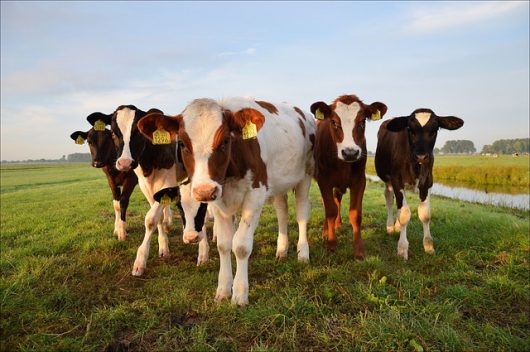Waste as Fuel: Bringing Sustainability to Developing Countries
 In countries with limited resources, there are many challenges associated with waste. This provides a unique opportunity for using waste as fuel.
In countries with limited resources, there are many challenges associated with waste. This provides a unique opportunity for using waste as fuel.
A lack of proper sanitation is one of the leading issues plaguing urban areas leading to water contamination, disease and spread of infection. Toilets are in high demand and low supply: they generally use excess water and have to be connected to established sewage systems. According to the U.N. Department of Economic and Social Affairs, 44 percent of Sub-Saharan Africa relies on shared or unimproved sanitation facilities and 26 percent practice open defecation.
Improved sanitation facilities are defined by the U.N. Department of Economic and Social Affairs as facilities that ensure hygienic separation of human excreta from human contact. Open defecation is a leading cause of diarrhea which causes more than 750,000 deaths of children under five. Countries with improved sanitation prove that it is costlier to economies to avoid improving sanitation. Every $1 spent on sanitation in the United States brings a $5.50 return by preventing sanitation-related health concerns.
In addition to sanitation concerns, the International Energy Agency estimates that 2.5 billion people cook with charcoal from forests or agricultural waste as fuel. Burning coal to heat homes and cook food safely would require excellent ventilation to avoid respiration of the chemicals involved in burning charcoal. Air pollution from inefficiently burning charcoal can kill nearly 4.3 million people in a year. 82 percent of the energy in urban households of Kenya is provided by charcoal.
Sanivation, a company in Kenya, is now processing human waste into a renewable fuel source for local communities. It isn’t a new concept, however, it has proven to be an accomplishment in rural villages with limited resources.
A dairy farm in Pennsylvania has solved its waste issues by using livestock waste as fuel. The 700 cows produce 7,000 gallons of manure a day. The owner of Reinford Farms made the decision to employ a digester. A digester is a place underground that fosters microorganisms to break down the manure it contains. As the manure and food waste breaks down, the microorganisms produce a number of gases, the most plentiful being methane. The methane is sent to an engine that powers and heats the facilities of the farm.
Sanivation has taken advantage of similar processes to transform human waste into fuel. The company does not have 7,000 gallons of manure to burn like Reinford Farms and therefore relies on its own collection of waste. The company provides free toilets and installs them in homes, only charging a fee to collect the waste to be processed.
The processing of collected waste is done as follows.
- Step One: Treatment
The excrement is loaded into a large container. Using a solar concentrator, Sanivation applies heat to the waste to sanitize and remove harmful pathogens. - Step Two: Mixing
The waste is checked for safety and combined with charcoal dust or sawdust in Sanivation’s agglomerator. - Step Three: Formation
The mixture is cooled and dried into solid, highly flammable briquettes. These briquettes are then gathered for sale, making use of waste as fuel.
As environmental concerns remain at the forefront of global consciousness, companies like Sanivation are solving multiple issues with simple ideas. Sanivation provided a renewable energy source that improves health and sanitation while participating in the economy it serves. Research conducted by the United Nations University Institute for Water, Environment and Health determined that the world’s collective waste could power up to 138 million households. Sanivation is looking to improve its processing methods in the future, ultimately processing up to 30 metric tons per month of waste as fuel.
– Rebekah Korn
Photo: Pixabay
